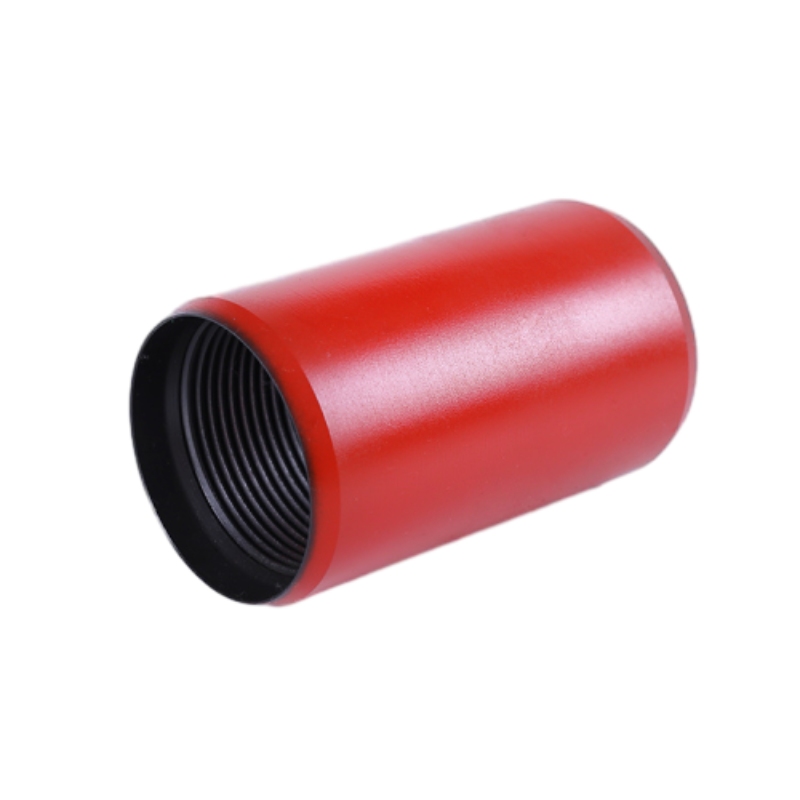- Afrikaans
- Albanian
- Amharic
- Arabic
- Armenian
- Azerbaijani
- Basque
- Belarusian
- Bengali
- Bosnian
- Bulgarian
- Catalan
- Cebuano
- Corsican
- Croatian
- Czech
- Danish
- Dutch
- English
- Esperanto
- Estonian
- Finnish
- French
- Frisian
- Galician
- Georgian
- German
- Greek
- Gujarati
- Haitian Creole
- hausa
- hawaiian
- Hebrew
- Hindi
- Miao
- Hungarian
- Icelandic
- igbo
- Indonesian
- irish
- Italian
- Japanese
- Javanese
- Kannada
- kazakh
- Khmer
- Rwandese
- Korean
- Kurdish
- Kyrgyz
- Lao
- Latin
- Latvian
- Lithuanian
- Luxembourgish
- Macedonian
- Malgashi
- Malay
- Malayalam
- Maltese
- Maori
- Marathi
- Mongolian
- Myanmar
- Nepali
- Norwegian
- Norwegian
- Occitan
- Pashto
- Persian
- Polish
- Portuguese
- Punjabi
- Romanian
- Russian
- Samoan
- Scottish Gaelic
- Serbian
- Sesotho
- Shona
- Sindhi
- Sinhala
- Slovak
- Slovenian
- Somali
- Spanish
- Sundanese
- Swahili
- Swedish
- Tagalog
- Tajik
- Tamil
- Tatar
- Telugu
- Thai
- Turkish
- Turkmen
- Ukrainian
- Urdu
- Uighur
- Uzbek
- Vietnamese
- Welsh
- Bantu
- Yiddish
- Yoruba
- Zulu
Understanding the Function and Use of a Bull Plug in Various Applications
What is a Bull Plug?
In the realm of industrial and manufacturing equipment, the term bull plug refers to a specific type of plug used to seal off or block the ends of pipes, valves, or fittings. This seemingly straightforward component plays a pivotal role in ensuring the integrity and efficiency of various systems. Understanding the function, types, and applications of bull plugs is essential for professionals involved in plumbing, construction, and engineering.
Definition and Purpose
A bull plug is essentially a cylindrical fitting that is designed to fit snugly into the opening of a pipe or fitting. Its primary function is to seal off flow, preventing any liquids or gases from leaking or escaping through the unoccupied ends of piping systems. By maintaining a closed system, bull plugs help to ensure safety, efficiency, and compliance with operational standards.
The need for bull plugs arises in various scenarios, such as during maintenance, inspection, or when a pipe is taken offline for repairs. They provide a temporary solution to close off openings without the need for extensive modifications or replacements. Additionally, bull plugs can be essential in ensuring that systems can be pressurized, tested, or stored without any loss of materials.
Types of Bull Plugs
Bull plugs come in various sizes and materials, depending on their intended application. Common materials include
1. Metal Bull Plugs Often made of steel, aluminum, or brass, these plugs are used in high-pressure applications or environments where durability is crucial. They can withstand extreme temperatures and pressures, making them suitable for industrial and oil and gas operations.
2. Plastic Bull Plugs Typically used in lower pressure applications, plastic bull plugs are lightweight and resistant to corrosion. They are commonly found in water supply systems and various plumbing applications.
3. Rubber Bull Plugs These elastic plugs provide an excellent seal for temporary closures. They are ideal for applications involving flexible connections or environments that may experience vibration or movement.
what is a bull plug

Each type of bull plug is designed with specific applications in mind, incorporating features that optimize functionality, such as threaded designs for a tight fit or smooth finishes to ease insertion and removal.
Applications of Bull Plugs
Bull plugs are widely utilized in various fields and industries. Here are a few notable applications
- Plumbing In residential and commercial plumbing, bull plugs are used during repairs or system flushes. They permit the isolation of a section of a water supply line while work is being conducted, minimizing disruption to the overall system.
- Oil and Gas Bull plugs are critical in the oil and gas sector for sealing off wells and pipelines during maintenance or when they are not in use. This application is vital for preventing leaks, which can have severe environmental and financial consequences.
- Manufacturing and Industrial Equipment In manufacturing plants, bull plugs are utilized in pneumatic and hydraulic systems, ensuring that pressurized air or liquids do not escape during operation or maintenance processes.
- Construction During construction projects, bull plugs serve to seal off temporary lines or systems while the site is being modified or upgraded.
Conclusion
Understanding what a bull plug is, along with its various types and applications, is essential for anyone involved in industries that rely on plumbing, piping, or fluid dynamics. These simple yet critical components are more than just plugs; they are integral to maintaining system integrity, ensuring safety, and facilitating efficient operations. When selected and applied correctly, bull plugs can significantly enhance the performance and reliability of any fluid management system. By knowing when and how to utilize them, professionals can mitigate risks, prevent leaks, and maintain high standards in their operations.
-
Tubing Pup Joints: Essential Components for Oil and Gas OperationsNewsJul.10,2025
-
Pup Joints: Essential Components for Reliable Drilling OperationsNewsJul.10,2025
-
Pipe Couplings: Connecting Your World EfficientlyNewsJul.10,2025
-
Mastering Oilfield Operations with Quality Tubing and CasingNewsJul.10,2025
-
High-Quality Casing Couplings for Every NeedNewsJul.10,2025
-
Boost Your Drilling Efficiency with Premium Crossover Tools & Seating NipplesNewsJul.10,2025







